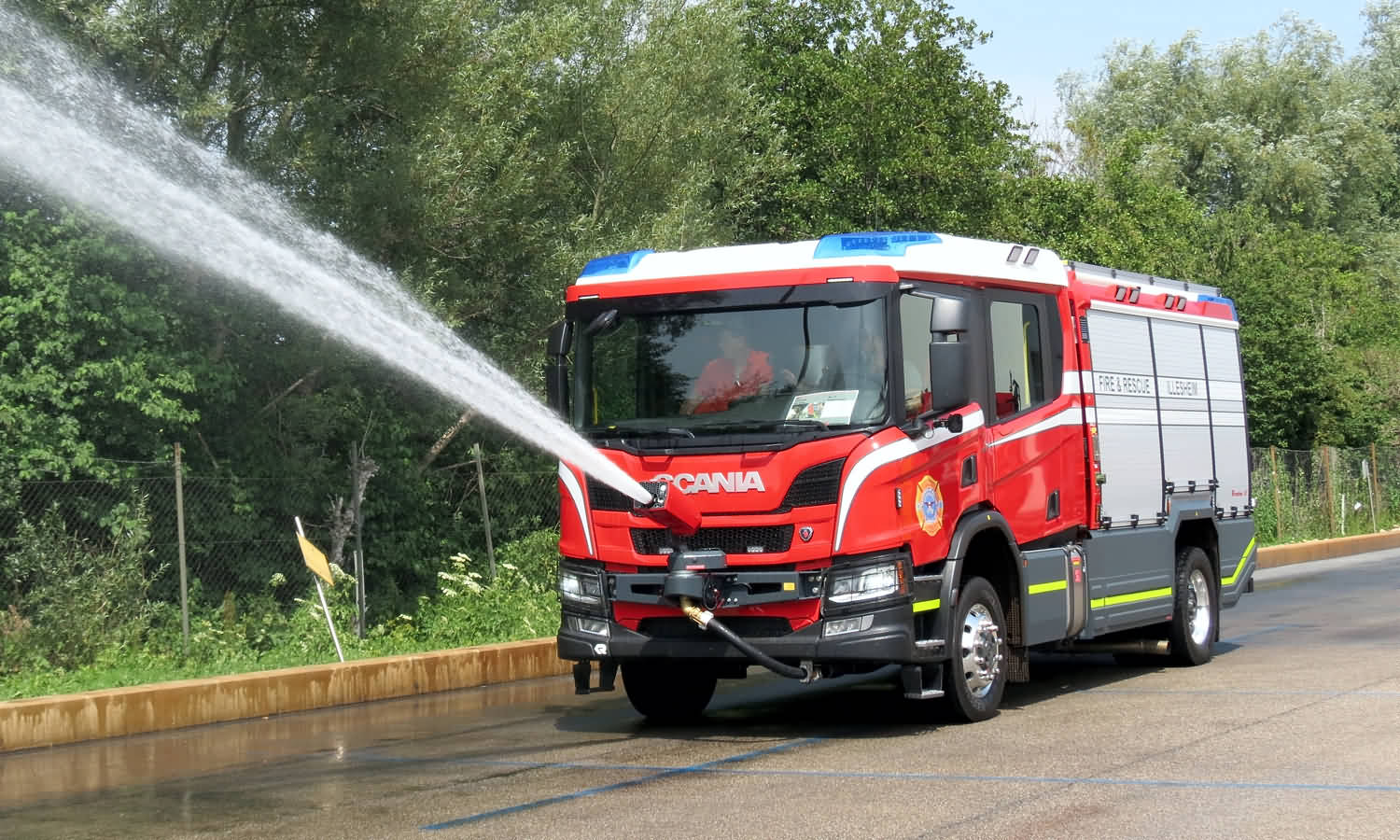

The exact equipment being transported depends on the needs of that specific fire department.įire trucks serving urban populations tend to be larger (Type 1 and 2). The conventional fire truck escorts firefighters along with essential tools like fire extinguishers, ladders, breathing apparatuses, hydraulic rescue tools, and floodlights to the scene of a fire. An example would be a Type 4 fire engine which has a minimum tank capacity of 750 gallons. Units deployed to rural areas are smaller but carry more water and less hoses, since the use of fire hydrants are not integral to their firefighting schema. The application of the apparatus often dictates size. However, the lowered minimums don’t always mean the size of the vehicle decreases. As the Type number increases, the vehicle size decreases. Types 1 and 2 are the largest units and reserved primarily for urban areas.

A Type 2 engine has a lower minimum with a tank flow of 500 gpm, 1,500 feet in hoses, and transports three people. Each of these seven types have meet specific criteria.įor example, a Type 1 fire engine has a minimum tank capacity of 300 gallons, a minimum tank flow of 1,000 gallons per minute (gpm), a minimum of 1,700 feet in hoses, and carries at least four personnel. To be considered a fire engine, the vehicle must meet certain minimum requirements for tank capacity, pump flow, hose length, and personnel capacity.īesides being categorized as fire truck or fire engine, the apparatuses are also placed into seven more specific types. These units are also called bucket brigades, pumpers, and have been recognized as triple combination rigs because they have three fire control essentials: tank, pump, and hose. They usually arrive first on-site to provide water from a tank until a fire hydrant can be connected. Today, fire engines come equipped with a few more items, such as specialty nozzles and tools, but they’re still a single-purpose machine. The pump was powered by an engine, and that is how fire engines got their name. In the past these were horse-drawn wagons equipped with a water tank, hoses, and a pump. The fire engine is the most straight-forward evolution of the first firefighting apparatuses in North America. Today, each has become purpose-built and equipped to suit the needs of a wide range of firefighting departments. Many people imagine fire trucks as spraying water and deploying ladders, but these trucks and engines have been modified over generations.


 0 kommentar(er)
0 kommentar(er)
